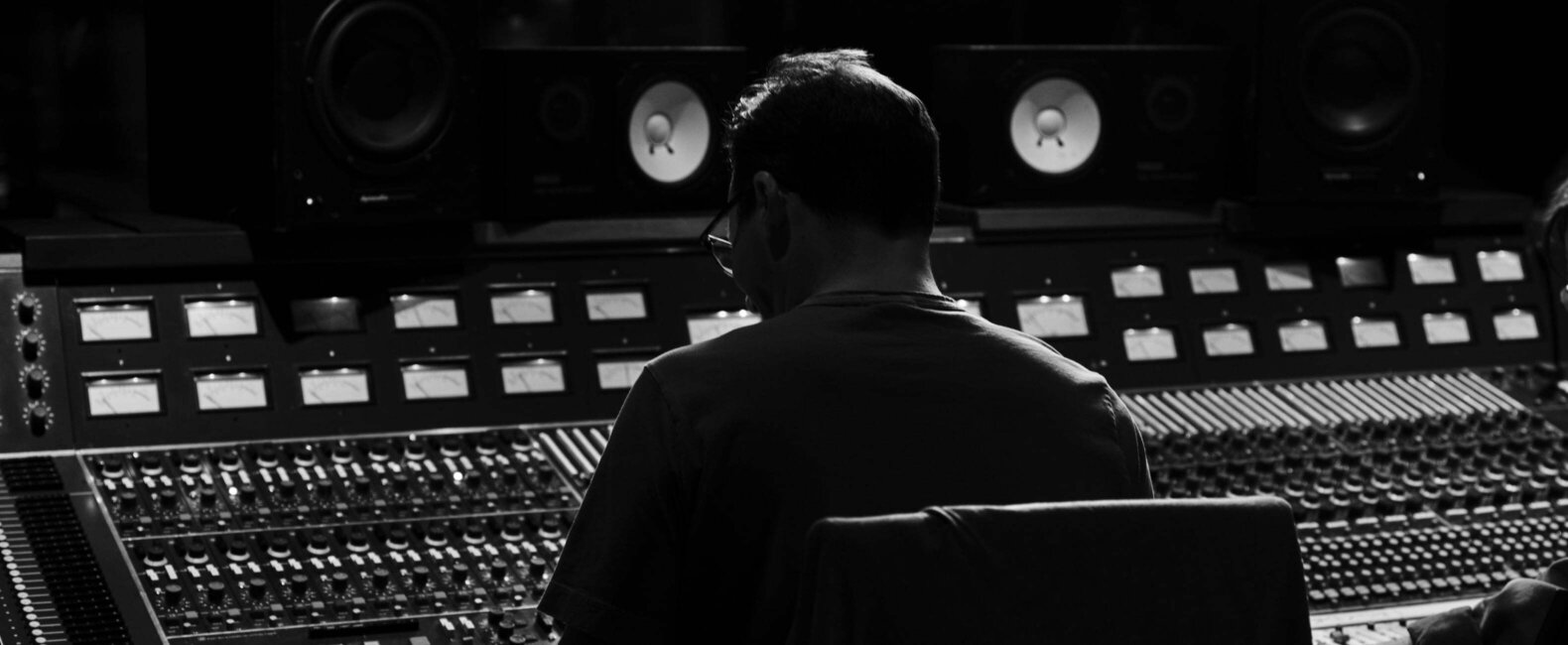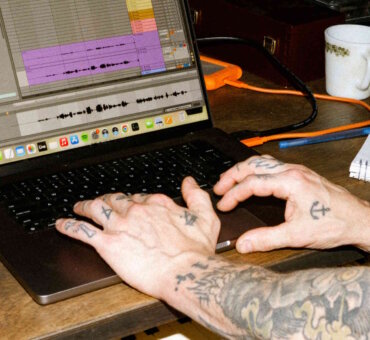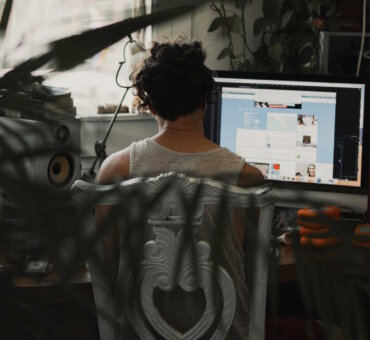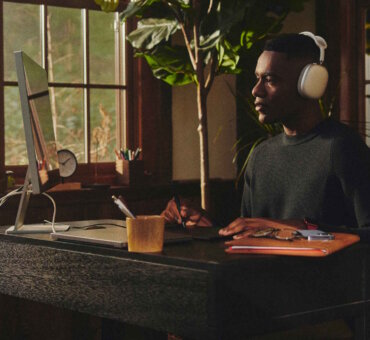Pretty much since the inception of YouTube, using copyrighted music on the platform has been tricky terrain to navigate. As creators, we hear an awesome song that we love and naturally, we want to use it in our video because it’s just right. But to do that, you need the right permission. When you use copyrighted music without permission to do so on your YouTube videos, you’ll notice that very quickly, you’ll receive a YouTube content ID claim.
But what is YouTube Content ID? And how can you protect against this from happening on your own YouTube videos? Today, we’ll take a look at all of this, and how you can use Musicbed to help ensure you never get another YouTube content ID claim again.
What is YouTube Content ID?
First of all, what exactly is YouTube content ID? Whenever you upload a video to YouTube, content ID is an automated system that will scan that video and check it for copyrighted content against its database that includes all kinds of music, TV shows and other protected content. If you’ve uploaded a video that contains copyrighted content, YouTube will notify the owner of the content and serve you a content ID claim.
How YouTube Detects Copyright
So, how does YouTube detect copyright issues? First of all, content owners (music artists, broadcasters etc) provide YouTube with audio or visual reference files that identify their works. The content ID database then creates a unique “fingerprint” from these files, which are then kept on the database. Whenever there’s a new upload, it’s automatically scanned for these fingerprints to see if there are any matches.
Content ID Claims
So, what happens when you receive a youtube content ID claim?
As the copyright owner, you’ll be notified and given the following options:
- You can block the video that matches your content.
- You can monetize the video using your content.
- You can track the viewer data from the video to get detailed analytics, including countries where your content is popular.
Meanwhile, as the creator who’s received the content ID claim, you have the following options:
- Edit the content. YouTube now provides a great toolset to edit your video without needing to upload a new one. This is very useful, particularly if you’ve already racked up a lot of metrics on the video in question and don’t want to lose those views and engagement. Using YouTube Studio, you can trim out the segment of the video with the claim against it, replace the song in question or even mute that part of the video.
- Dispute a content ID claim. If you genuinely believe there’s been a mistake and you have a right to use the music or footage in question, you can dispute your claim. This then gives the rightsholder a choice to either release the claim, or reinstate it.
- Do nothing. Sometimes, this may well be the easiest answer. If you don’t mind not monetizing the content, and don’t mind if it doesn’t get shown in certain obscure countries, then you have the luxury of doing nothing and accepting the content ID claim as it is!

What’s the difference between a content ID claim and a copyright strike?
Sometimes, creators get a little mixed up with content ID claims and copyright strikes. There’s a clear difference, with one being much more serious than the other. As explained above, a content ID claim occurs when the system automatically flags a piece of copyrighted material in your video. Nine times out of ten, it’s easily resolved. A copyright strike is much more serious. Here’s what YouTube has to say on the matter:
“If you get a copyright strike, it means that a copyright owner submitted a legal copyright removal request for using their copyright-protected content. When a copyright removal request is submitted to us, we review it. If the removal request is valid, we have to remove your video from YouTube to comply with copyright law.”
If you get 3 copyright strikes:
- Your account, along with any associated channels, is subject to termination.
- All the videos uploaded to your account will be removed.
- You can’t create new channels.
Does a Content ID Claim Affect Monetization?
In short, yes. Currently, around 3-8% of YouTube channels are eligible for monetization, meaning they’re at risk of losing out on money if they receive a content ID claim.
When you receive a YouTube content ID claim, you won’t be able to monetize your video until it’s been resolved. If you’re able to clear the claim, then you can revert back to monetizing the video. However, if you’re not in the clear when it comes to having the copyrights and permission to use the material in question, you will not be able to monetize the YouTube video that uses it. In the case of a dispute, the monetization will be held until the resolution of that dispute.
This is why many content creators want to ensure that they’re sourcing their music from a catalog like Musicbed, where you can use the music in your videos and monetize them without fear of a copyright strike. While you’ll receive the content ID claim, our SyncID system will clear it automatically.
If you don’t meet the requirements for monetizing your channel, then a content ID claim will do nothing except place an ad on the video. Musicbed clearing a claim will not keep the video ad-free, unfortunately. It’s up to YouTube, in these scenarios.
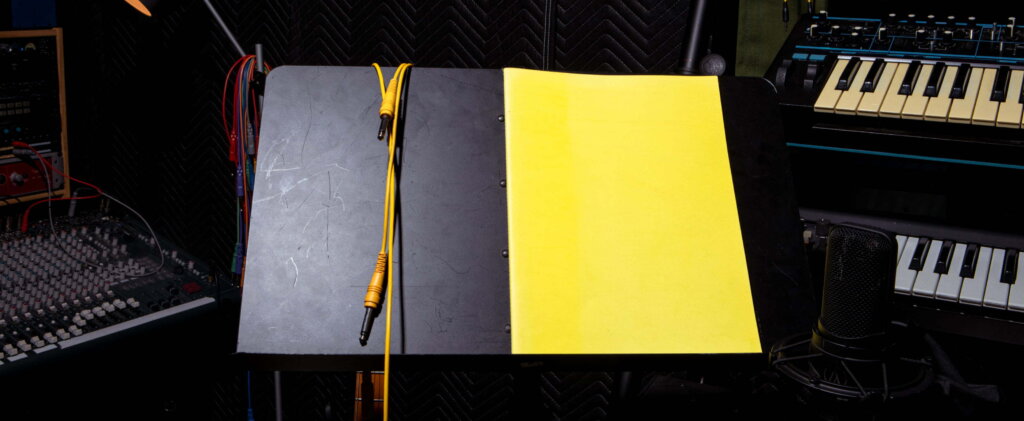
The Benefits of Musicbed’s SyncID™
This is where Musicbed and SyncID come in. SyncID is a Content ID clearance system created by Musicbed for YouTube and offered as an exclusive benefit to our subscribers. SyncID provides a smooth, streamlined process to clear videos of claims and allows you to monetize your videos.
Whenever you upload a video to YouTube, the content ID system will kick in and begin to scan. Meanwhile, our own SyncID system carries out its own validation process. If your channel and song is included in your subscription, then any content ID claims are released immediately and automatically. This process often happens within a matter of seconds. In fact, SyncID is so fast that the claim has often already been released before the content creator receives an email from YouTube about the copyright claim.
As you can imagine, SyncID is a tool that’s allowed creators to monetize seamlessly, without any of the stress or hassle of a YouTube content ID claim getting in the way of the upload process. As soon as you subscribe to Musicbed, you receive full access to the SyncID system.
The most important thing is that once you’re subscribed, you link your YouTube channel to the subscription. That way, SyncID can clear anything that’s flagged by the content ID system on that channel immediately.
Additionally, for example where perhaps a freelancer does work for other companies, there will be multiple YouTube channels involved. In this case, the freelancer can generate a “SyncID Key” and place it in the description of the intended video or the dispute comment box. SyncID will then scan the description and dispute comment box and release if all other requirements are met.
What to Do If You Receive a Claim?
When you’re using SyncID, you don’t need to worry about any YouTube content ID claims. These claims will be managed and cleared automatically for Musicbed subscribers. Occasionally, the system may take a moment longer to clear the content in question, but it’s never more than a few minutes so you can sit back and relax.
On the very rare occasion that something isn’t being cleared on your channel, you have a dedicated team at Musicbed to help you resolve things quickly. You can simply head over to the license that correlates with your video in My Projects, then submit a claim submission form and our support team will get back to you after troubleshooting. These types of issues are usually resolved within the hour of being flagged.
Another great benefit of the Musicbed system is that our licenses are perpetual. This means they never expire even if the subscription is not renewed. However, you can not use the song(s) for any new projects after the contract ends.
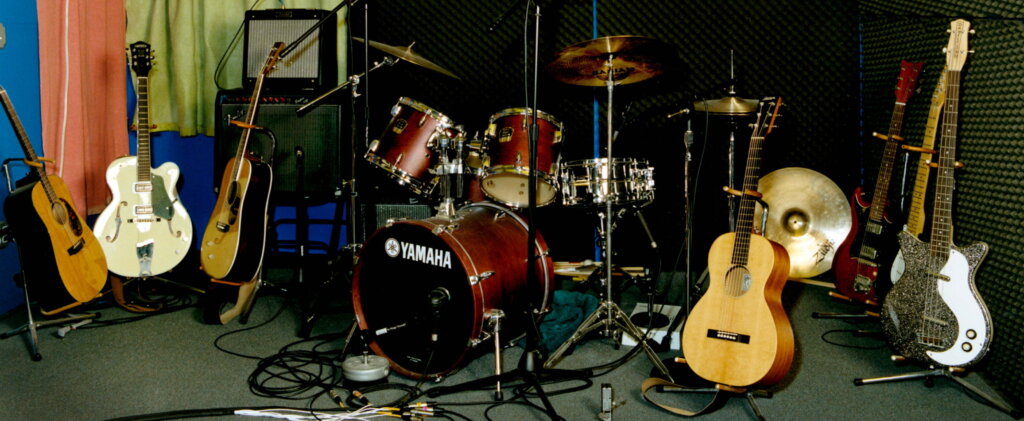
What if I’m using a single-song license?
Licensing music grants you the rights to use the song in your video legally, however, this does not grant you monetization rights on the artist’s material in your video. The copyright owner will earn advertising revenue (monetization). If you or your client would like to monetize the video, we can upgrade the current license that is in place to a Custom License to include the monetization rights and have the claim fully cleared. There will be an additional fee for this option.
You can email support with the 6-digit order ID found on your receipt, a direct URL link to the published video, as well as a screenshot of the claim showing the claimant information to get started.
Best Practices for Using Music in YouTube Videos
With all of that in mind, here are a few top tips when it comes to using music in your YouTube videos:
- Respect copyright laws. If you know you don’t have the rights and permission to use a song in your video, it’s best not to. Legally, you open yourself up to potential claims and damaging lawsuits. Ethically speaking, it’s also important that music artists are fairly compensated and recognised for their work.
- License your music from Musicbed. To save yourself the hassle, to streamline your working process and to keep on monetizing seamlessly, the best option is to license your music from Musicbed. This way, you know that you’re always entitled to use all of the music in your videos and that the SyncID system has your back. It’s a whole lot easier.
Conclusion
If you were pondering the answer to “how does YouTube ensure original content?” then now you know. Content ID is a great system that protects both the creator and the copyright owner from the more serious consequences of copyright issues. It’s not a perfect system, but it does work extremely well and extremely fast, and it’s being improved all the time. Over the years, YouTube has poured over 100 million dollars into developing this system!
When you subscribe to Musicbed and have immediate access to SyncID, that’s peace of mind for you. If it’s hassle-free content creation that you’re seeking, then we’re the answer.
*Cover image licensed via Stills.com















































































